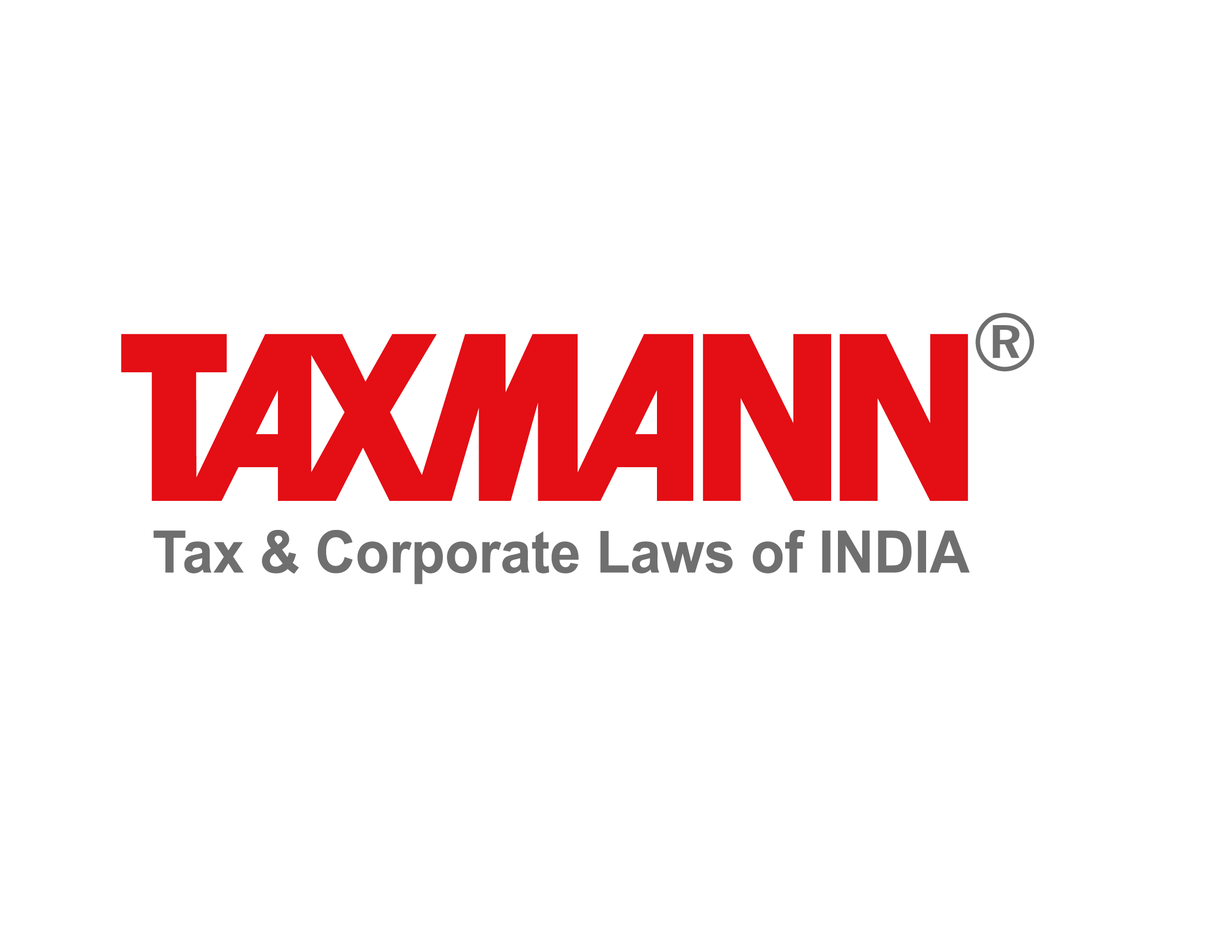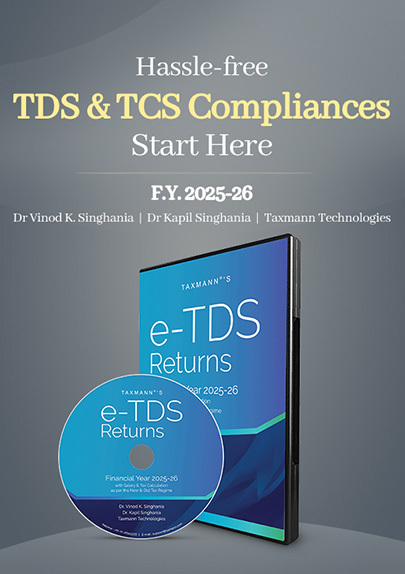Activity Based Costing (ABC) – Concepts and Implementation
- Other Laws|Blog|
- 5 Min Read
- By Taxmann
- |
- Last Updated on 15 April, 2025

Activity Based Costing (ABC) is a cost accounting method that identifies, assigns, and allocates overhead and indirect costs to specific activities, which are then traced to products, services, or customers based on their actual consumption of those activities. ABC uses multiple cost drivers to more accurately assign costs to cost objects (e.g., products, services, or departments). This approach helps organizations understand the true cost and profitability of their offerings by linking resources to the activities that consume them.
Check out Taxmann's Cost & Management Accounting (CMA) | PRACTICE MANUAL-CUM-CRACKER which features past exam questions & answers, including the January 2025 exam, alongside selected RTPs and MTPs questions. The book provides chapter-wise comparisons with ICAI study material, a breakdown of marks distribution since Jan. 2021, and an analysis of exam trends from Nov. 2022, ensuring a well-rounded preparation tool. CA Intermediate | New Syllabus | May/Sept. 2025 Exams
FAQ 1. What is Activity Based Budgeting?
- Activity Based Budgeting analyse the resource input or cost for each activity.
- It provides a framework for estimating the amount of resources required as per the budgeted level of activity.
- Actual results can be compared with budgeted results to highlight (both in financial and non-financial terms) those activities with major discrepancies from budget for potential reduction in supply of resources.
- It is a planning and control system which seeks to support the objectives of continuous improvement.
- It means planning and controlling the expected activities of the organisation to derive a cost effective budget that meet forecast workload and agreed strategic goals.
- ABB is the reversing of the ABC process to produce financial plans and budgets.
FAQ 2. What is the fundamental difference between Activity Based Costing System (ABC) and Traditional Costing System? Why more and more organisations in both the manufacturing and non-manufacturing industries are adopting Activity Based Costing?
Fundamental difference between ABC and Traditional costing are as follows –
| Activity Based Costing | Traditional Absorption Costing |
| OH are related to activities grouped into cost pools. | OH are related to cost centers/departments. |
| Costs are related to activities and hence are more realistic. | Costs are related to cost centers and hence not realistic of cost behaviour. |
| Activity-wise Cost Drivers are determined. | Time (Hours) is assumed to be the only cost driver governing cost in all departments. |
| Specific activity-wise recovery rates are used. There is no concept of single overhead recovery rate. | Either multiple overhead recovery rates (for each department) or single overhead recovery rate may be used. |
| Costs are assigned to Cost Objects, e.g. customers, services, distribution channels, products, departments, etc. | Costs are assigned to Cost Units, i.e. to products or jobs or hours. |
| Essential activities can be simplified and unnecessary activities can be eliminated. Thus, corresponding costs are also reduced/minimized. Hence ABC aids cost control. | Cost Centers/departments cannot be eliminated. Hence, not suitable for cost control. |
FAQ 3. What are Cost Object, Cost Driver and Cost Pool?
(i) Cost Object – It is an item for which cost measurement is required e.g. product or customer.
(ii) Cost Driver – It is a factor that causes a change in the cost of an activity.
Categories of cost driver –
- Resource Cost Driver – It is a measure of quantity of resources consumed by an activity. It is used to assign the cost of a resource to an activity or cost pool.
- Activity Cost Driver – It is a measure of the frequency and intensity of demand, placed on activities by cost objects. It is used to assign activity costs to cost objects.
(iii) Cost Pool – It represents a group of various individual cost items. It consists of costs that have same cause and effect relationship e.g. machine set-up.
FAQ 4. What are the various levels of activities under ‘Activity Based Costing’ methodology?
- Unit level activities – Those activities for which the consumption of resources can be identified with the number of units produced e.g. use of indirect materials/consumables tends to increase in proportion to the number of units produced.
- Batch level activities – The activities such as setting up of a machine or processing a purchase order are performed in batches. The cost of batch related activities varies with number of batches made, but is common (or fixed) for all units within the batch e.g. (i) Material ordering, where an order is placed for every batch of production; or (ii) Machine set-up costs, where machines need resetting between each different batch of production.
- Product level activities – Activities which are performed to support different products in product line e.g. designing the product, producing parts specifications, keeping technical drawings of products up to date.
- Facilities level activities – Those activities which cannot be directly attributed to individual products. These activities are necessary to sustain the manufacturing process and are common and joint to all products manufactured e.g. maintenance of buildings, plant security.
FAQ 5. What are the advantages of Activity Based Costing?
- More accurate costing of products/services.
- Overhead allocation is done on logical basis.
- Enables better pricing policies by supplying accurate cost information.
- Utilizes unit cost rather than just total cost.
- Help to identify non-value added activities which facilitates cost reduction.
- It is helpful to the organizations with multiple products.
- It highlights problem areas which require attention of the management.
FAQ 6. What are the limitations of ABC?
- It is more expensive, particularly in comparison with traditional costing system.
- It is not helpful to the small organizations.
- It may not be applied to organizations with limited products.
- Selection of the most suitable cost driver may not be easy.
FAQ 7. Which are the stages required in the implementation of ABC?
- Staff Training – Workforce cooperation is essential for successful implementation of ABC. Staff training should be done to create an awareness on the purpose of ABC.
- Process Specification – Informal, but structured interviews with key members of personnel will identify the different stages of the production process, the commitment of resources to each, processing times and bottlenecks.
- Activity Definition – The activities must be defined clearly in the early stage in order to manage the problems, if any, effectively.
- Activity Driver Selection – Cost driver for each activity shall be selected.
- Assigning Cost – A single representative activity driver can be used to assign costs from the activity pools to the cost objects.
FAQ 8. What are the key elements of Activity Based Budgeting?
The three key elements of activity based budgeting are as follows –
- Type of work to be done
- Quantity of work to be done
- Cost of work to be done.
FAQ 9. What are the benefits of Activity Based Budgeting?
- It can enhance accuracy of financial forecasts and increasing management understanding.
- When automated, ABB can rapidly and accurately produce financial plans and models based on varying levels of volume assumptions.
- It eliminates much of the needless rework created by traditional budgeting techniques.
FAQ 10. What is meant by cost driver? What are its different categories? Suggest suitable cost drivers (at least two) in the following business functions –
(i) Distribution
(ii) Research and Development
(iii) Customer Services
Cost Driver – It is a factor that causes a change in the cost of an activity. There are two categories of cost driver.
- Resource Cost Driver – It is a measure of the quantity of resources consumed by an activity. It is used to assign the cost of a resource to an activity or cost pool.
- Activity Cost Driver – It is a measure of the frequency and intensity of demand, placed on activities by cost objects. It is used to assign activity costs to cost object
Distribution
- Number of units distributed
- Number of customers
Research and Development
- Number of research projects
- Personnel hours on a project
Customer Service
- Number of service calls
- Number of products serviced
- Hours spent on servicing products
Disclaimer: The content/information published on the website is only for general information of the user and shall not be construed as legal advice. While the Taxmann has exercised reasonable efforts to ensure the veracity of information/content published, Taxmann shall be under no liability in any manner whatsoever for incorrect information, if any.

Taxmann Publications has a dedicated in-house Research & Editorial Team. This team consists of a team of Chartered Accountants, Company Secretaries, and Lawyers. This team works under the guidance and supervision of editor-in-chief Mr Rakesh Bhargava.
The Research and Editorial Team is responsible for developing reliable and accurate content for the readers. The team follows the six-sigma approach to achieve the benchmark of zero error in its publications and research platforms. The team ensures that the following publication guidelines are thoroughly followed while developing the content:
- The statutory material is obtained only from the authorized and reliable sources
- All the latest developments in the judicial and legislative fields are covered
- Prepare the analytical write-ups on current, controversial, and important issues to help the readers to understand the concept and its implications
- Every content published by Taxmann is complete, accurate and lucid
- All evidence-based statements are supported with proper reference to Section, Circular No., Notification No. or citations
- The golden rules of grammar, style and consistency are thoroughly followed
- Font and size that’s easy to read and remain consistent across all imprint and digital publications are applied



 CA | CS | CMA
CA | CS | CMA
